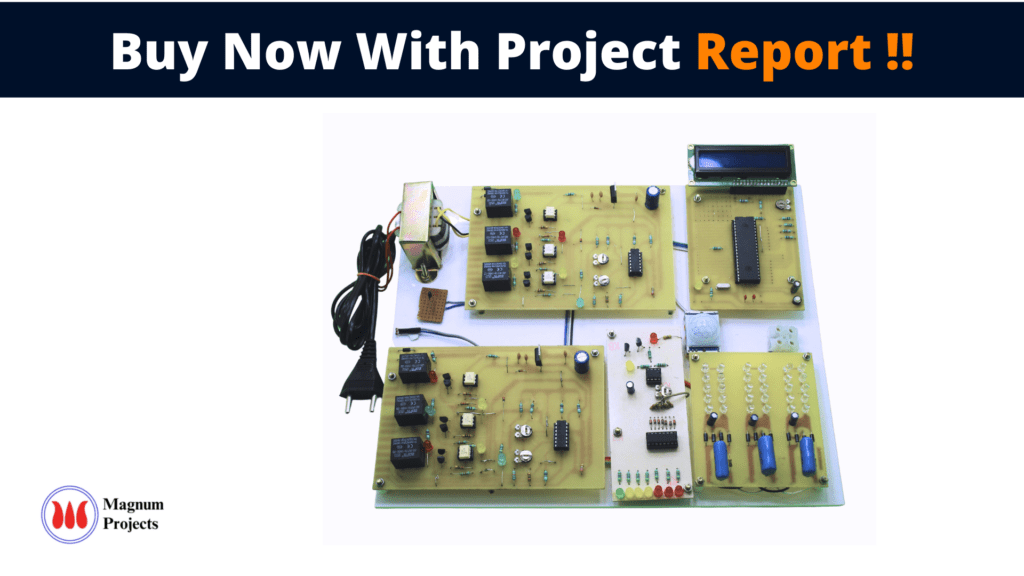Table of Contents
Introduction:

Climate Change and Energy Crisis is turning out to be the number one hot topic around the globe. Our mission is to create awareness to protect the future of our planet and the coming generations by helping reduce your energy consumption and costs. The permanent solution to this man-made problem in today’s materialistic world is by bringing a culture of conservation, loving the nature around us, and practicing values in our daily lives.
Burning fossil fuels for producing electricity is still the highest contributor to greenhouse gas emissions. Through this site, we aim to give you the information required for you to decide whether saving energy is right for you!
Taking small actions in our daily lives at home with the family, workplace, and community will make all the difference in the greenhouse gases that blanket the earth and cause climate change. There is lots of media coverage, loud talks, and discussions at various levels but there are very few professional companies that have taken an integrated approach and can be a “one-stop-shop” to help conserve energy by tapping a wide range of opportunities with the application of innovative technologies and practical methods. The energy-saving solutions and measures of each industrial or commercial property have to be tailor-made after conducting a detailed analysis and energy audit. The savings can range from 15 to 40% and have to be projected through saving calculations, financial analysis, and technology solutions. This follows the retrofit project, monitoring/tracking of savings, and creating an awareness program to involve people.
Quality of life for future generations on this planet will be determined by our actions today.
You may find yourself saying, “But I’m just one person out of many…what difference can I make? The answer is: yes, a big difference!
Each one of us affects the environment every day. The key is to make this impact a positive one. We must all take responsibility for our actions, whether as individuals or as members of a community or an organization. Let’s work together and become good Environmental Citizens.

Block diagram explanation:
Power supply unit
This section needs two voltages viz., +12 V & +5 V, as working voltages. Hence specially designed power supply is constructed to get regulated power supplies.
Temperature sensor:
Thermistors are thermally sensitive resistors whose prime function is to exhibit a large, predictable, and precise change in electrical resistance when subjected to a corresponding change in body temperature. Negative Temperature Coefficient (NTC) Thermistors exhibit a decrease in electrical resistance when subjected to an increase in body temperature and Positive Temperature Coefficient (PTC) Thermistors exhibit an increase in electrical resistance when subjected to an increase in body temperature.
Microcontroller:
The Atmel AT89 series is an Intel 8051-compatible family of 8-bit microcontrollers (µCs) manufactured by the Atmel Corporation. Based on the Intel 8051 core, the AT89 series remains very popular as general-purpose microcontrollers, due to their industry standard instruction set, and low unit cost. This allows a great amount of legacy code to be reused without modification in new applications. While considerably less powerful than the newer AT90 series of AVR RISC microcontrollers, new product development has continued with the AT89 series for the aforementioned advantages.
Buffers
Buffers do not affect the logical state of a digital signal (i.e. a logic 1 input results in a logic 1 output whereas logic 0 input results in a logic 0 output). Buffers are normally used to provide extra current drive at the output but can also be used to regularize the logic present at an interface
Drivers
This section is used to drive the relay where the output is the complement of input which is applied to the drive but the current will be amplified
Relays
It is an electromagnetic device that is used to drive the load connected across the relay and the o/p of the relay can be connected to the controller or load for further processing.
Output devices:
LED sets and TRIAC/DIACs will vary based on the signal received from the illumination sensor and temperature sensor.
Methodology:
Many times we may have noticed that the brightness of a bulb and the speed of a fan is more than the requirement. Thus a lot of power is wasted which could have been utilized for useful purposes. To avoid this situation an illumination controller is provided which illuminates the bulb as per the requirement and the temperature sensor is also there to vary the speed of the fan based on the temperature of the place. The sensor will sense the environmental condition. The comparator receives the signal from the sensor and compares that received signal with the standard value. The microcontroller will activate the corresponding output based on the output of the comparator stage. Illumination control will activate the LED sets and the temperature sensor will activate the TRIAC&DIAC combination to control the speed of the regulator. If the PIR sensor detects the signal then that activates the monostable, and the monostable will activates the output.
Advantages:
- Flexible in approach and application
- Technically superior
- Honest and transparent
- Individual or turnkey solutions
- Reliable and professional
- Installation is simple and without the need for infrastructure changes with Immediate and transparent savings for many years.
- Reduction of energy consumption will save money.
Disadvantages:
- One-time investment cost.
- Damage to sensors leads to not working the model.
Applications:
- Energy-saving systems are installed globally in industrial, commercial & domestic applications to save up to 20% on electricity costs.
- Power efficient systems “Save & Protect” through good value and real energy-efficient solutions at work and in the home.




